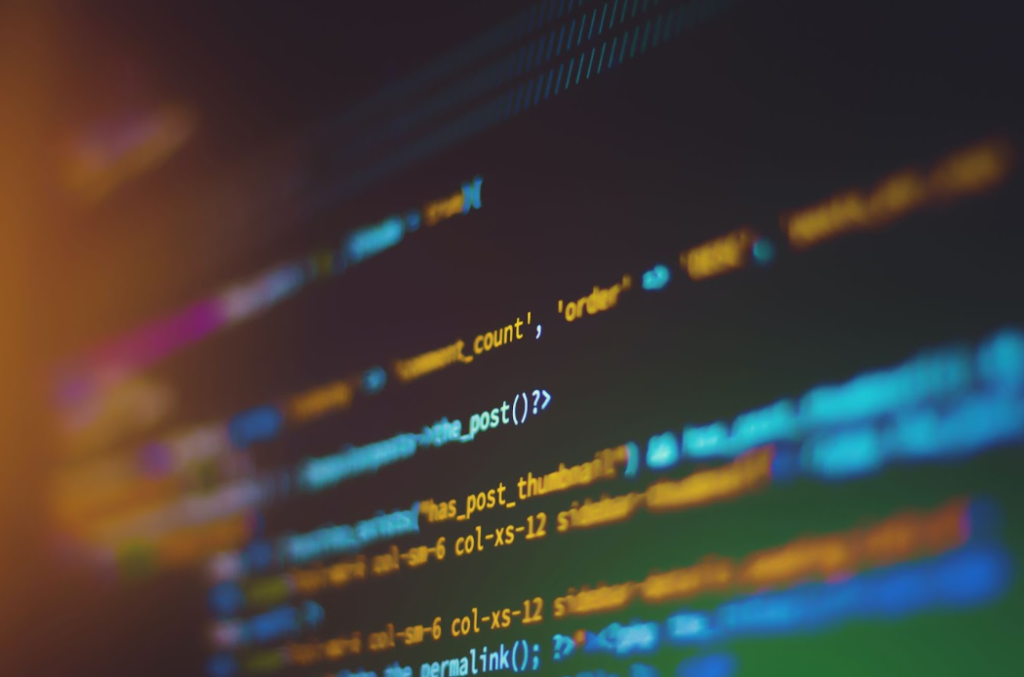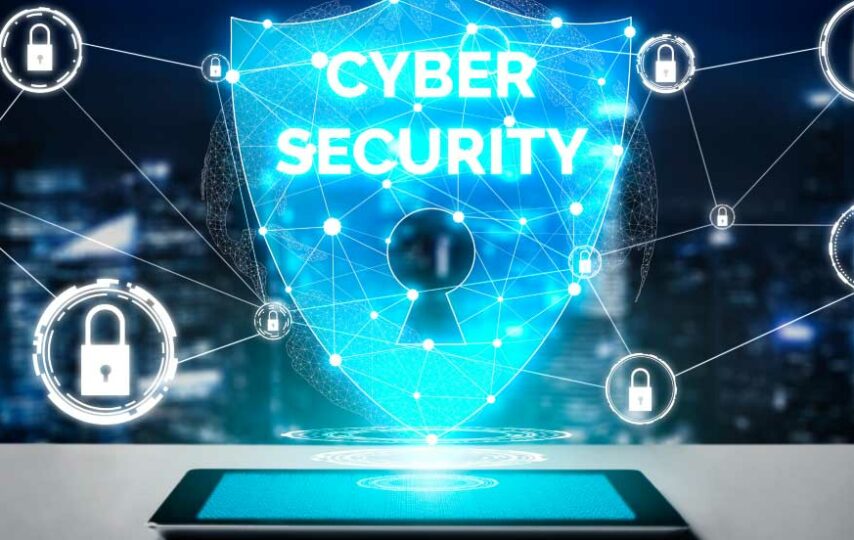With cyber threats evolving rapidly, understanding key concepts such as the attack surface is crucial for individuals and organizations alike. This article will explain the concept of attack surface, its significance in cybersecurity, and how to effectively manage and reduce it to protect valuable digital assets.

Defining the Attack Surface
An attack surface refers to the collection of all possible points or vulnerabilities in a system where an unauthorized user can potentially gain access and exploit it. An attack surface consists of various elements, including:
- Hardware: Devices, servers, and other physical components.
- Software: Applications, operating systems, and firmware.
- Networks: Wired and wireless connections, network devices, and protocols.
- Human factors: Users, their behavior, and their susceptibility to social engineering attacks.
Types of Attack Surfaces
There are three main types of attack surfaces:
- Digital attack surface: This includes system vulnerabilities, software, and application weaknesses that can be exploited by cybercriminals using malware or other digital means.
- Physical attack surface: Involves gaining physical access to devices, systems, or hardware components, which can lead to unauthorized access, tampering, or data theft.
- Social attack surface: Refers to the human element, such as phishing, social engineering, and insider threats, where attackers manipulate employees or users to gain access or information.
Reducing the Attack Surface

Effectively reducing the attack surface is critical for organizations to improve their cybersecurity posture. Some strategies for attack surface reduction include:
- Regular software updates and patching: Keeping systems up to date with the latest security patches to eliminate known vulnerabilities.
- Network segmentation: Separating critical systems and data from other parts of the network to minimize potential damage in case of a breach.
- Principle of least privilege: Limiting access to the minimum necessary for users, applications, and processes to function.
- Strong authentication and access control: Implementing multi-factor authentication and robust access control policies to prevent unauthorized access.
- Employee training and awareness: Educating staff about cybersecurity best practices, social engineering tactics, and the importance of adhering to company policies.
Monitoring and Analyzing Attack Surfaces
To maintain a strong cybersecurity posture, organizations should actively monitor and analyze their attack surfaces. This can be achieved through:
- Continuous monitoring: Regularly checking for vulnerabilities and suspicious activities across hardware, software, networks, and user behavior.
- Utilizing threat intelligence: Leveraging external and internal threat intelligence sources to stay informed about emerging threats and attack vectors.
- Conducting vulnerability assessments and penetration testing: Regularly assessing systems for vulnerabilities and conducting simulated attacks to test the effectiveness of security controls.
- Case Studies: Real-World Examples of Attack Surface Exploitation
Several high-profile data breaches and cyber-attacks have highlighted the importance of understanding and managing attack surfaces. By examining these cases, organizations can learn valuable lessons and adapt their cybersecurity strategies accordingly.
Attack Surface Management and Monitoring Tools
Selecting the right attack surface management and monitoring tools is essential for effective cybersecurity. While specific tools may vary, consider the following factors when choosing the right solution for your organization:
- Scope: Ensure the tool covers all aspects of your attack surface, including hardware, software, networks, and human factors.
- Integration: The tool should integrate seamlessly with your existing security infrastructure and support interoperability with other solutions.
- Ease of use: Look for solutions with user-friendly interfaces and clear documentation to enable efficient and effective use by your security team.
- Scalability: Choose a tool that can adapt to the growing needs of your organization, accommodating changes in network size, complexity, and emerging threats.
- Customization: Opt for a solution that offers customizable features, allowing your security team to tailor the tool according to your organization’s specific requirements and policies.
- Reporting and analytics: Effective attack surface management tools should provide comprehensive reporting and analytics capabilities to help security teams identify trends, vulnerabilities, and areas for improvement.
Understanding and managing attack surfaces are critical aspects of an organization’s overall cybersecurity strategy. By implementing effective attack surface reduction strategies, continuously monitoring for vulnerabilities, and leveraging the right management and monitoring tools, organizations can significantly improve their security posture and protect valuable digital assets from potential cyber threats.
FAQs
Q1: What is an attack surface in cybersecurity?
A1: An attack surface refers to the collection of all possible points or vulnerabilities in a system where an unauthorized user can potentially gain access and exploit it. It consists of various elements, including hardware, software, networks, and human factors.
Q2: Why is understanding the attack surface important?
A2: Understanding the attack surface is essential for organizations to identify potential vulnerabilities and weaknesses in their systems. By knowing the attack surface, organizations can implement effective strategies to reduce the risks associated with these vulnerabilities, improve their cybersecurity posture, and protect valuable digital assets from potential cyber threats.
Q3: How can organizations reduce their attack surface?
A3: Organizations can reduce their attack surface by implementing strategies such as regular software updates and patching, network segmentation, the principle of least privilege, strong authentication and access control, and employee training and awareness. There are also a number of free tools along with paid tools from attack surface management vendors – like the recently rebranded IONIX – which can help automate these processes and build more robust attack surface management and monitoring processes.
Q4: What are the main types of attack surfaces?
A4: There are three main types of attack surfaces: digital (system vulnerabilities, software, and application weaknesses), physical (unauthorized physical access to devices, systems, or hardware components), and social (human element, such as phishing, social engineering, and insider threats).
Q5: How can organizations monitor and manage their attack surface?
A5: Organizations can monitor and manage their attack surface by continuously checking for vulnerabilities and suspicious activities, utilizing threat intelligence, conducting vulnerability assessments and penetration testing, and leveraging attack surface management and monitoring tools.
Q6: What factors should be considered when choosing an attack surface management and monitoring tool?
A6: When selecting an attack surface management and monitoring tool, organizations should consider factors such as scope, integration, ease of use, scalability, customization, and reporting and analytics capabilities.








